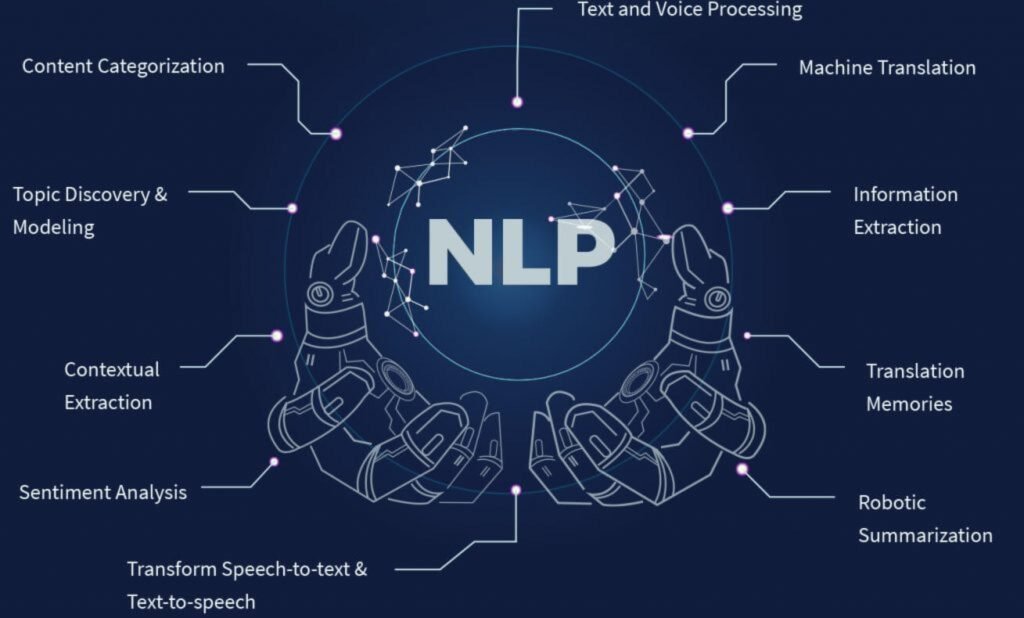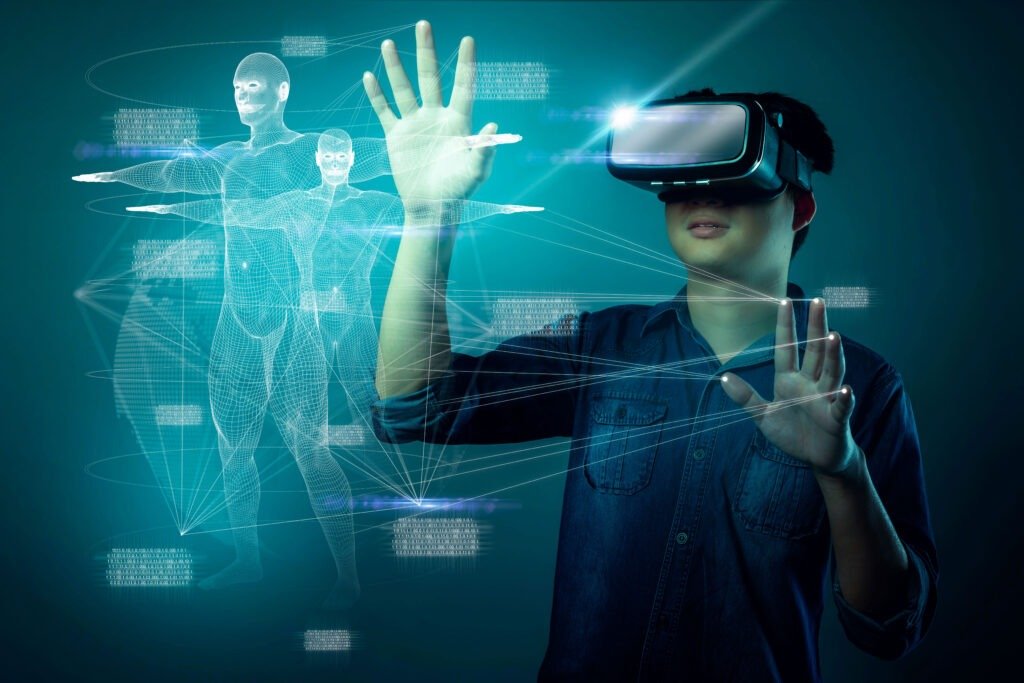Table of Contents
As technology continues to evolve at a rapid pace, the landscape of web design is constantly shifting. From advancements in artificial intelligence to the rise of immersive experiences, the future of web design holds boundless possibilities. In this comprehensive guide, we will explore the emerging technologies and trends shaping the future of web design. From responsive design and interactive interfaces to voice search and virtual reality, we will delve into the innovations revolutionizing the way we create and interact with websites.
The Evolution of Web Design
The evolution of web design has been a journey marked by innovation and technological advancements. From the early days of static HTML pages to the dynamic, interactive experiences of today, web design has undergone significant transformations. Along the way, key milestones such as the introduction of CSS, JavaScript, and responsive design have shaped the way websites are created and experienced. With each new development, web designers have pushed the boundaries of creativity and usability, paving the way for a digital landscape that is more engaging, accessible, and user-friendly than ever before. The evolution of web design continues to unfold, promising even more exciting developments in the years to come.

Responsive Design and Mobile Optimization
Responsive design and mobile optimization are crucial components of modern web development, ensuring that websites are accessible and user-friendly across various devices and screen sizes. By utilizing flexible layouts, fluid grids, and media queries, responsive design allows websites to adapt dynamically to different viewing environments, providing a seamless experience for users on smartphones, tablets, and desktops alike. Mobile optimization focuses on optimizing website performance and usability specifically for mobile devices, including faster load times, simplified navigation, and touch-friendly interactions. Together, responsive design and mobile optimization play a vital role in delivering an optimal user experience in today’s mobile-first digital landscape.
The Rise of Artificial Intelligence
The rise of artificial intelligence (AI) is revolutionizing web design by enabling personalized, adaptive experiences for users. From chatbots and virtual assistants to AI-powered content generation, AI is reshaping the way websites are designed and interacted with. By leveraging machine learning algorithms, AI can analyze user behavior, preferences, and context to deliver tailored recommendations and responses in real-time. This not only enhances user engagement and satisfaction but also streamlines website management and content creation processes. As AI continues to advance, its impact on web design will only grow, paving the way for more intelligent, intuitive, and user-centric digital experiences.

Interactive and Immersive Experiences
Interactive and immersive experiences are redefining web design, captivating users with engaging content and dynamic interactions. From animated graphics and videos to 3D elements and virtual reality, websites are becoming more interactive and immersive than ever before. These experiences not only grab users’ attention but also enhance user engagement and retention. By incorporating interactive elements, web designers can create memorable experiences that leave a lasting impression on visitors. Whether it’s exploring a virtual environment or interacting with interactive storytelling, the possibilities for interactive and immersive experiences in web design are limitless, offering new avenues for creativity and user engagement.
Voice Search and Natural Language Processing
Voice search and natural language processing (NLP) are transforming the way users interact with websites. With the rise of voice-enabled devices like smart speakers and virtual assistants, users can now search the web and interact with websites using natural language commands. This shift towards voice-based interactions requires websites to optimize for conversational queries and understand the nuances of spoken language. By implementing NLP algorithms, websites can interpret user intent more accurately and deliver relevant results. Voice search and NLP are reshaping the future of web design, emphasizing the importance of user-friendly, conversational interfaces in creating seamless user experiences.

Accessibility and Inclusive Design
Accessibility and inclusive design are fundamental principles in modern web development, ensuring that websites are usable by people of all abilities. By adhering to accessibility standards such as the Web Content Accessibility Guidelines (WCAG), designers and developers can create websites that are perceivable, operable, understandable, and robust for all users. Inclusive design goes beyond meeting minimum accessibility requirements, striving to create experiences that accommodate diverse needs and preferences. By prioritizing accessibility and inclusive design, websites can provide equal access to information and services for everyone, regardless of disability or impairment, fostering a more inclusive digital environment.
Data Privacy and Security
In an era of increasing data breaches and privacy concerns, data privacy and security are top priorities for web designers and developers. This chapter explores the importance of implementing robust security measures and compliance with data privacy regulations to protect user data and build trust with visitors.
The Impact of Augmented and Virtual Reality
Augmented reality (AR) and virtual reality (VR) are transforming the way we experience the web, offering immersive, interactive experiences that blur the line between the digital and physical worlds. This chapter explores the potential applications of AR and VR in web design and their impact on user engagement and storytelling.

Progressive Web Apps and Offline Experiences
Progressive Web Apps (PWAs) are revolutionizing the web by offering fast, reliable experiences that work seamlessly across devices and even offline. By leveraging modern web technologies like service workers and web app manifests, PWAs provide users with app-like experiences without the need for downloads or installations. This approach allows websites to deliver enhanced functionality, such as push notifications and background syncing, while ensuring a consistent user experience across platforms. With PWAs, users can access content and services anytime, anywhere, even in areas with limited connectivity, making them a game-changer for web accessibility and user engagement.
The Future of Web Design: Predictions and Speculations
As we peer into the future of web design, several predictions and speculations emerge. These include further integration of AI and machine learning, widespread adoption of immersive technologies like AR and VR, the rise of progressive web apps (PWAs) for seamless experiences, and a continued emphasis on accessibility and data privacy. The evolving landscape promises innovation, creativity, and an ever-expanding digital frontier where designers and developers can push the boundaries of what is possible on the web. The future of web design is bright, offering endless opportunities to shape the digital experiences of tomorrow.

Conclusion:
The future of web design is an exciting and ever-evolving landscape, driven by innovation, creativity, and the evolving needs and expectations of users. By staying abreast of emerging technologies and trends, web designers and developers can create compelling, user-centric experiences that push the boundaries of what is possible on the web. As we look ahead to the future, one thing is certain: the only constant in web design is change, and the possibilities are endless.



Leave a Reply